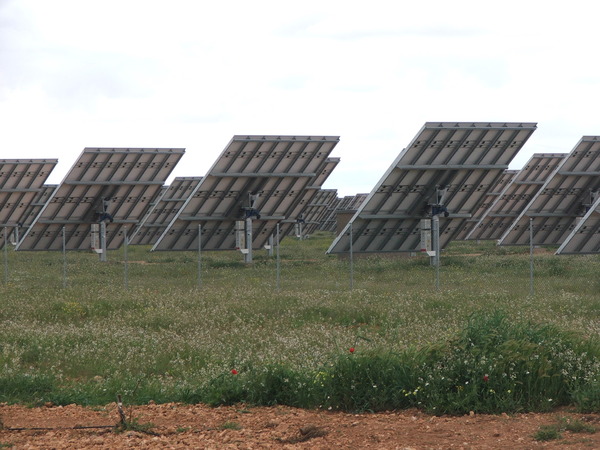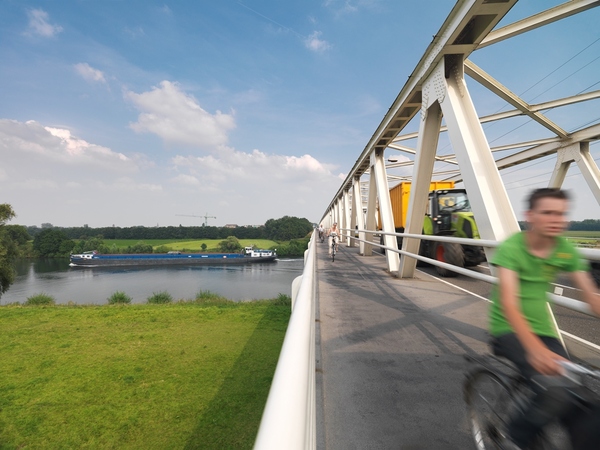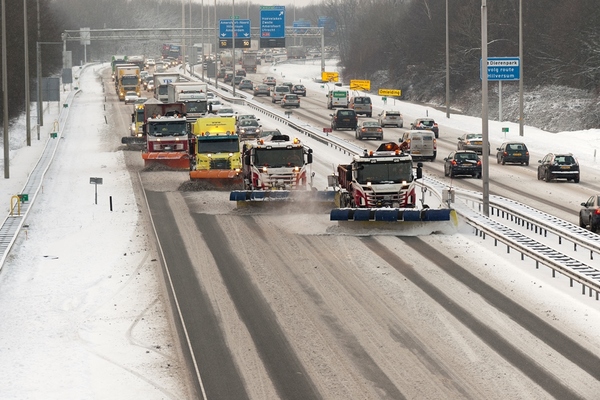Below some examples are presented of how temperature (extremes) affect many sectors. Lower on this page also some potential use cases of the EUSTACE data set by Trail Blazer Users are presented.




From early on in the project, a small group of ‘trail blazer’ users provided expert input and gave feedback to ‘prototype/example’ data as products and datasets were being developed (How to organize the data files? Which "time" to include in the data files? Give the temperature estimates separately for land, ocean and ice or not?). Through the engagement of these 'trail blazer' users, EUSTACE tried to make the results usable to a broader audience and available for indirect users.
Climate models are always run for a historical period and (often) also for the future to get an idea of the climate change that we can expect. The quality of the historical simulations is determined by comparing the model results for the past with historical observations (or re-analysis). The quality of the projections for the future can only be determined indirectly, since we, of course, have no observations for the future.
These historical observations can be used for calibration of the model. In that case the historical data are used to adjust the climate model to give a better simulation of the past climate (e.g. get closer to the simulated averages, yearly cycle, natural variability, etc.). To check (validate) whether the climate model simulation really has improved over the version that was used before calibration, a set of independent historical observations is used afterwards and compared with the new simulation of the past.
Climate models simulate area-average temperatures (average per grid bloc), whereas observations from meteorological stations provide point observations. Especially in heterogeneous areas the area-average may differ from the point observation. Therefore, climate model results are best compared with observational datasets that also have area-average data. Besides, with increasing spatial resolutions of climate models, higher resolution observational datasets are required for validation and calibration.
Click here for more information
Detection of climate change is demonstrating whether a climate has changed significantly, or in other words showing that the change is more than can be explained with natural variability alone. Attribution of climate change is the effort to scientifically determine what is the cause of observed climate change. In most cases this focusses on determining whether the change can be due to the increase in Greenhous gas (GHG) and not by natural variability alone. IPCC assessment reports have paid attention to attribution of global and regional temperature increases.
When extreme weather events occur, often the question is asked whether the event is due to climate change. A single event cannot be attributed to climate change, but we might be able to indicate whether the return time of certain extreme events has changed due to climate change or whether there is a trend in the likelihood of extreme events. One of the first studies on this so-called event attribution showed that the risk for a European heat wave such as in 2003 has clearly increased due to climate change (Stott et al., 2004). Methodologies for attribution of extreme events have been developed in several projects, among others in EUropean CLimate and weather Events: Interpretation and Attribution (EUCLEIA) and the World Weather attribution (WWA) project (follow up of EUCLEIA). The projects try to provide information on attribution relatively fast after the extreme weather events have occurred, when there is a need and still interest from decision makers and the public. In both projects several types of extreme weather events are considered, including extreme heat and cold. In this use case we will indicate how the EUSTACE-dataset can contribute potentially to the attribution of extreme warm and cold weather events. In between the description of the steps of the method used for event attribution we describe the potential use of the EUSTACE-dataset and the aspects that people have to take into account when using it.
At the website of ECA&D (European Climate Assessment Database) a large number of temperature indices is generated. Similar databases are set up also for part of South America (LACA&D), and South East Asia (SACA&D).
Station data are only available for a limited number of locations, but people may also want to have data for their own particular location or village. To overcome this, station data can be interpolated in a sophisticated way (e.g. taking into account the effect of height on temperature, or the effect of the presence of the sea or large water bodies). The resulting datasets with time series give estimates of the temperature in the past on locations where no observations took place. An example of such a dataset is the E-OBS data set. However, the spatial resolution and accuracy of such interpolated datasets depends very much on the density of stations. For temperature, also satellite data can be used. The satellite data have much higer spatial resolution, and therefore datasets based on both in situa observations and satellite data will have much higher spatial resolutions. As a result. temperature indices based on the time series from such a data set may also have a higher spatial resolution.